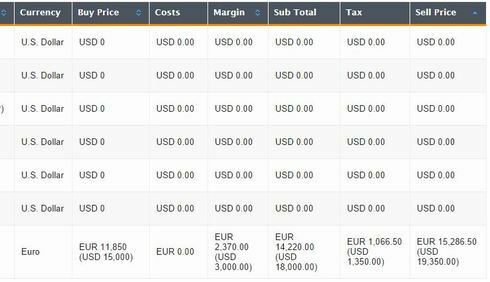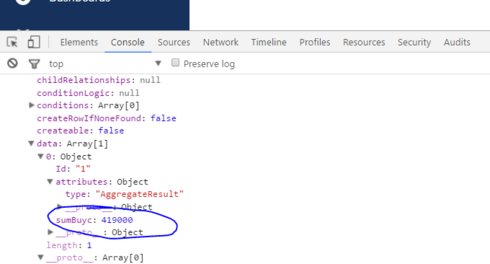Thanks Rob & Zach,
I currently have this working in a test org with multi currency enabled. Just wondering if its possible with a render snippet to hide the currency code prefix? As we have 6 currency columns, in addition to the currency picklist, each one of those is rendering USD or EUR etc, so each column is repeating unnecessary values. We do want to give users the ability to edit the currency in the row, so there isn’t really a need to specify currency on every other field in the row.
I recall seeing a post about this a few days ago but have searched high & low and can’t seem to find it now. Maybe I dreamt it. Sometimes I dream about Skuid.
Would it be possible to hide the 3-letter currency prefix? Note: This topic was created from a reply on the Multi Currency with Skuid in a Managed Package topic.
Note: This topic was created from a reply on the Multi Currency with Skuid in a Managed Package topic.
Question
Multi Currency Org: Can I hide currency code prefix in my tables?
 +8
+8Enter your E-mail address. We'll send you an e-mail with instructions to reset your password.







